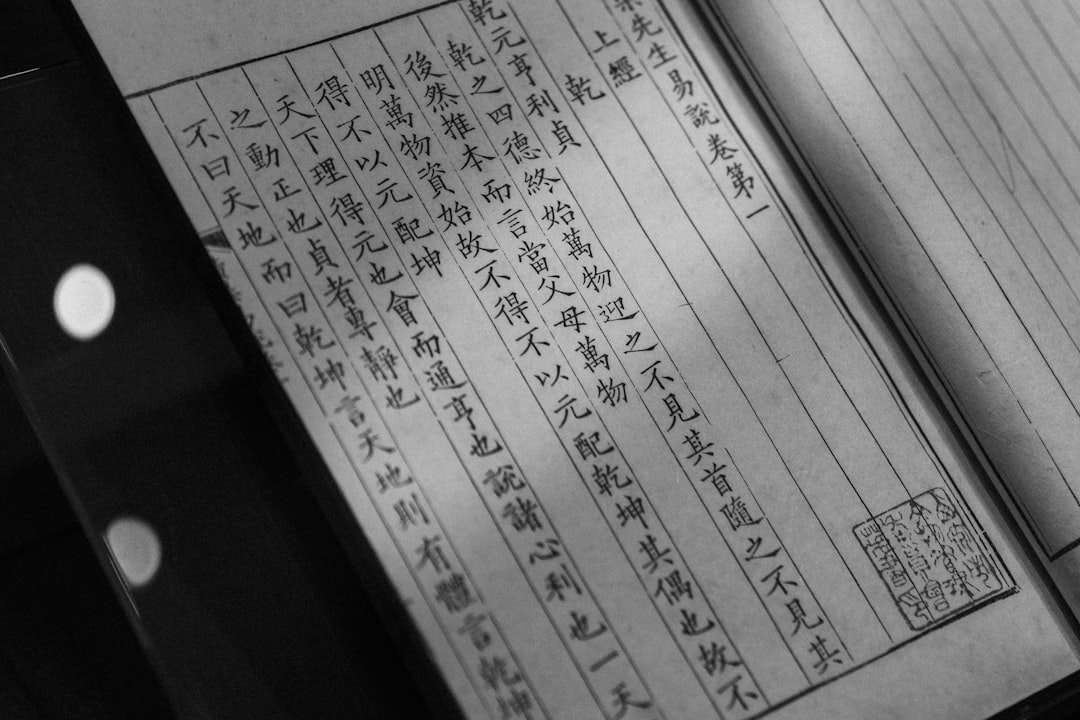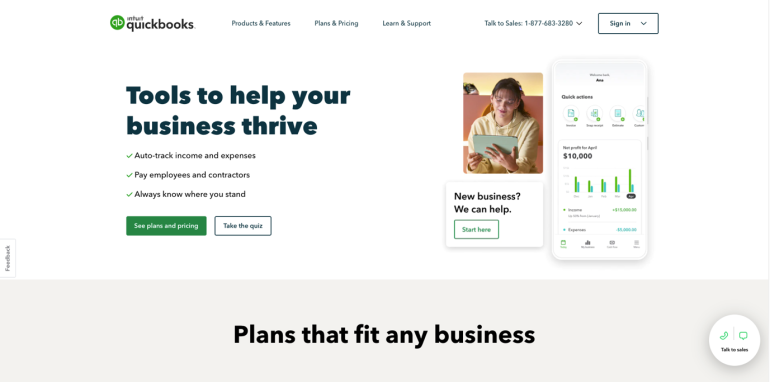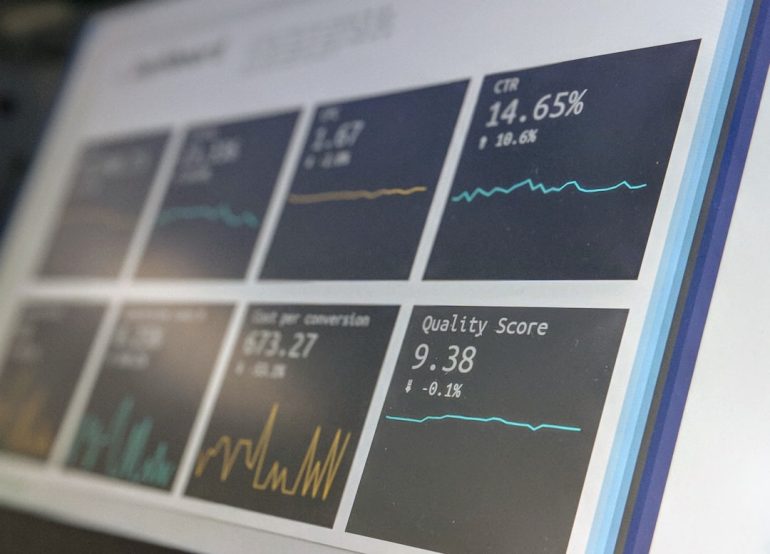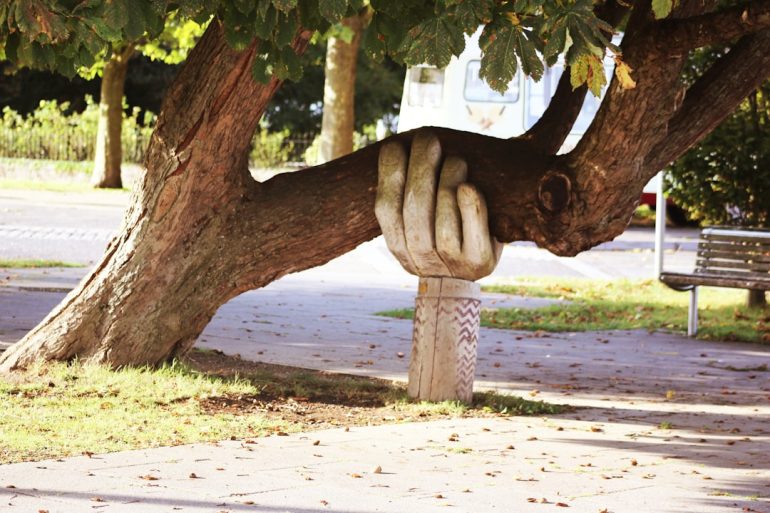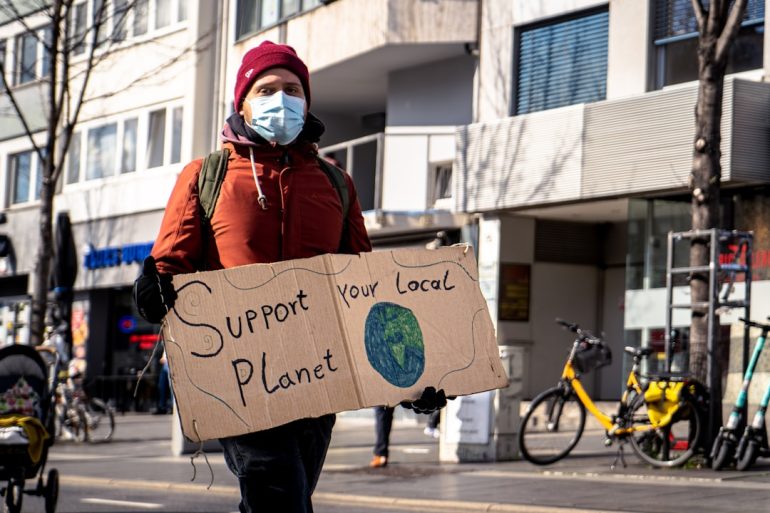Indexing Hygiene: Canonicals, Noindex, and Crawl Paths That Help
For websites to perform well in search engine results, it’s not enough to simply produce great content. The structural and technical health of a site—in particular, its indexing hygiene—plays a crucial role in search visibility. Indexing hygiene refers to the strategic approach of controlling what web pages are discoverable, crawlable, and indexable by search engines. Three fundamental components of good indexing hygiene are canonical tags, noindex directives, and crawl path optimization.
The Importance of Indexing Hygiene
Table of Contents
A search engine’s ability to crawl and index content efficiently is central to how well a website will rank. Without proper indexing hygiene, websites can fall victim to problems like duplicate content issues, crawl budget wastage, and pages getting indexed that shouldn’t be. Together, canonical tags, noindex tags, and strategic crawl path management help guide search engines through your site, giving them a roadmap of your most important content and preventing them from indexing irrelevant or redundant pages.

Canonical Tags: Defining the Primary Version
Commonly used to tackle duplicate content issues, the rel=”canonical” tag signals to search engines which version of a URL is the “master” or preferred version. This is particularly important for e-commerce sites and content-heavy platforms with multiple URL parameters or sorting options.
For example, if a product page is accessible through multiple URLs due to sorting filters or UTM parameters, all secondary versions should have a canonical pointing back to the main URL. This ensures that all ranking signals consolidate toward the main page, reducing fragmentation in search results.
Best practices for canonical tags include:
- Pointing to the correct primary version of a page
- Avoiding self-referencing canonicals on paginated series unless required
- Ensuring no conflict with other indexing directives (e.g., noindex plus canonical can lead to mixed signals)
Noindex Tags: Controlling What Search Engines Display
The <meta name=”robots” content=”noindex”> tag is a powerful instruction that tells search engines not to index a given page in their search results. This is vital for keeping low-value or non-strategic content out of search indices.
Pages that often warrant a noindex directive include:
- Login or user account pages
- Duplicate pages or old versions
- Search result pages generated by internal site search
- Thank-you or confirmation pages
Key considerations when using noindex:
- Ensure the page is not blocked via robots.txt, or the noindex tag will not be seen
- Monitor impacts in Google Search Console to identify large-scale deindexing issues
- Be cautious not to noindex too many pages, as this could limit the site’s overall search reach
Crawl Paths and Internal Linking
Strong internal linking is an often-overlooked component of indexing hygiene. An optimal crawl path ensures that the most important pages are accessible within a few clicks and are frequently linked from other internal pages. Crawl paths directly influence how search engines navigate and prioritize content.
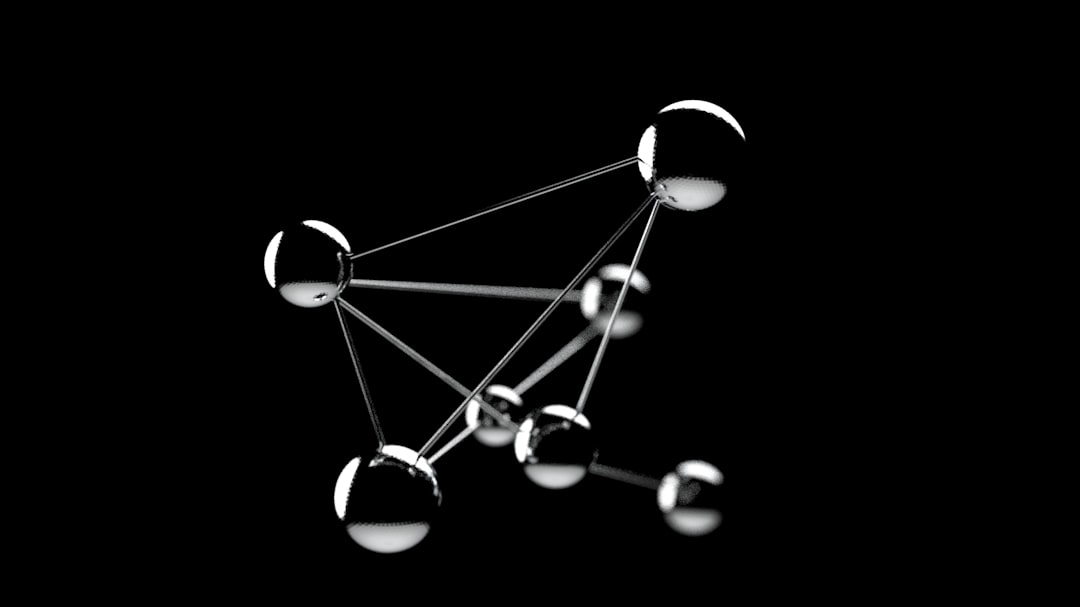
Effective crawl path strategies include:
- Creating a clear hierarchy in site structure
- Maintaining up-to-date XML sitemaps
- Using breadcrumb navigation to reinforce contextual relationships
- Ensuring important pages are linked from the homepage or major category pages
A weak internal linking structure may result in orphaned pages—pages with no internal links pointing to them—which can hinder indexing, even if they are listed in the sitemap. Additionally, bloated crawl paths with too many low-value or duplicate pages can waste crawl budget, affecting how promptly content is updated in the index.
Combining Canonicals, Noindex, and Crawl Strategy
The power of indexing hygiene lies in how these elements work together. For instance, it is common to see canonical tags used on paginated content (e.g., /page/2, /page/3) to point back to the main category page. However, this could be paired with a rel=”prev” and rel=”next” setup instead, depending on whether the goal is to consolidate content or enable indexing for all paginated pages. Misuse of multiple directives, such as combining noindex with a canonical that points to a page meant to be indexed, can confuse crawlers and reduce crawl efficiency.
A well-structured website will:
- Use canonical tags to consolidate duplicated or similar content
- Apply noindex meta tags to exclude non-strategic or low-quality pages
- Design crawl paths that prioritize high-value content and distribute ranking signals efficiently
Real-World Example of Indexing Hygiene
Consider a news site that generates hundreds of pages per month. Without robust indexing hygiene, search engines may index member-only sections, pagination duplicates, or tag pages with similar content. When the site implemented a strategy combining canonical URLs for syndicated content, noindex for user-generated comments pages, and a refined internal linking structure from category pages, their indexed pages count dropped by 30%, and rankings for main content pages improved within weeks.

Monitoring and Maintenance
Indexing hygiene is not a one-off activity—it requires continuous auditing to ensure alignment with search engine best practices. Periodic reviews using tools like Google Search Console, Screaming Frog, and analytics software help identify:
- Unexpected indexation of pages meant to be excluded
- Broken canonical links
- Sudden drops in crawling or indexing rates
Teams should monitor robots.txt, sitemap.xml files, and directives applied via CMS templates routinely. Keeping a structured playbook for indexing practices ensures that best practices are maintained, even as new content is added or templates change.
Conclusion
Maintaining high-level indexing hygiene is a cornerstone of solid search engine optimization. By strategically implementing canonical tags, noindex directives, and well-planned crawl paths, websites can optimize what gets crawled and indexed, preserving crawl budget and maximizing their visibility in search results. It’s a delicate balance that, when executed correctly, supports long-term SEO performance and an improved user experience.
FAQ
-
What is the difference between a canonical tag and a noindex tag?
A canonical tag tells search engines which version of a page should be treated as the primary one, while a noindex tag instructs them not to include a page in the search index at all. -
Can a page have both a canonical tag and a noindex tag?
Yes, but it should be used carefully. If a page is set to noindex but points a canonical to an indexable page, it sends mixed signals. Prefer consistency in directives. -
What happens if the sitemap includes a noindex page?
Search engines can still crawl the page, but if they honor the noindex directive, they won’t include it in the index. However, including many noindex URLs in a sitemap may confuse bots or waste crawl budget. -
How often should indexing hygiene be reviewed?
Ideally, quarterly reviews are recommended. However, any time a new template, plugin, or content strategy is introduced, indexing hygiene should be revisited. -
Does robots.txt impact canonical or noindex tags?
Yes. If a URL is blocked via robots.txt, search engines may not see the meta tags or canonical tags on that page, which can prevent proper indexing behavior.

